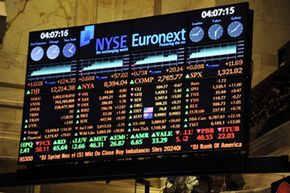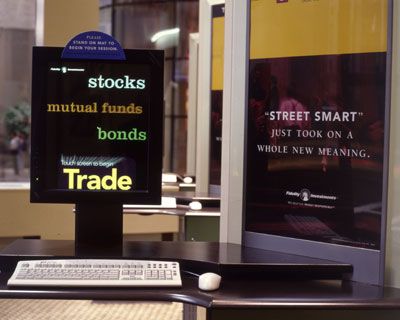One of the most common stock investment tips is, "diversify." This protects the investor from fluctuations in individual stock and industries, allowing for more gradual, long-term investment strategies. That's one of the reasons mutual funds are so popular -- they allow investors to buy into a wide range of stocks and other investments with a single, easy transaction. Researching and tracking dozens of different stocks isn't required.
However, one of the problems with mutual funds is that they're relatively inflexible -- they can't be traded quickly in response to market fluctuations the way individual stocks can, because by rule they can only be bought or sold after the market has closed for a given day [source: Hansen].
Advertisement
The development of exchange-traded funds (ETFs) in the early 1990s sought to incorporate the best of both worlds. An ETF is a combination of many different investment assets, much like a mutual fund. However, ETF shares are traded on the open stock market, allowing for more agility as individual shareholders can respond to changes in the market in virtually real time. In fact, their name explains how they work quite clearly, since an ETF acts like a mutual fund that is traded openly on the stock exchange [source: NYSE].
ETFs have their own set of advantages and disadvantages, so we'll explain how they're created, who can buy and sell them, and why they might be a good investment choice.
Advertisement


